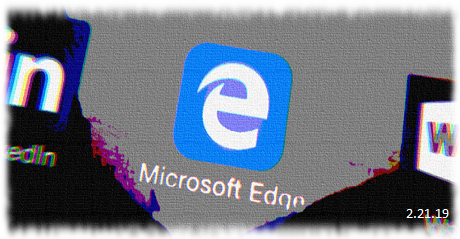Microsoft's Edge web browser comes with a hidden whitelist file designed to allow Facebook to circumvent the built-in click-to-play security policy to autorun Flash content without having to ask for user consent. According to the initial bug report filed by Google Project Zero's Ivan Fratric on November 26: In Microsoft Windows, there is a file edgehtmlpluginpolicy.bin that contains the default whitelist of domains that can bypass Flash click2play and load Flash content without getting user confirmation in Microsoft Edge. The current version of the previously secret Edge whitelist will only allow Facebook to bypass the Flash click-to-play policy on its facebook.com and apps.facebook.com domains, a policy which is currently enforced for all other domains not present on this list. In his bug report, the security researcher also highlighted the security implications of having a Flash autorun whitelist bundled with a web browser, especially given the number of Flash security patches issued by Adobe almost every month. However, back in November, the security researcher initially found in the whitelist the sha256 hashes of 58 domains on Windows 10 v1803, which he was able to decrypt and obtain the names of 56 sites. The choice to encrypt the entries added to the whitelist and the decision to keep Facebook's domains whitelisted even after this month's Patch Tuesday are two other questions that only Microsoft can answer. While Microsoft managed to get around to partially address the issue reported by Fratric back in November 2018, the security researcher is still dumbfounded by Redmond's choice to use a Flash whitelist in the first place. We have the contents of the hidden whitelist posted on OUR FORUM.
